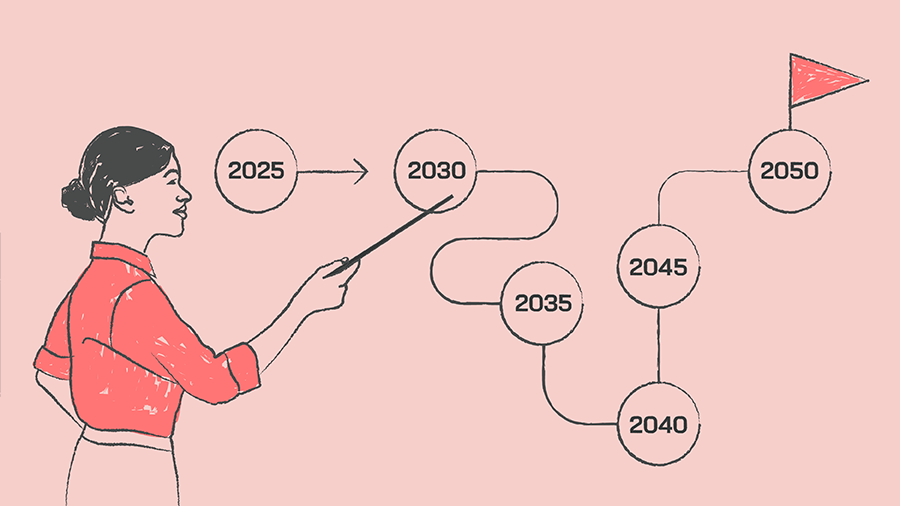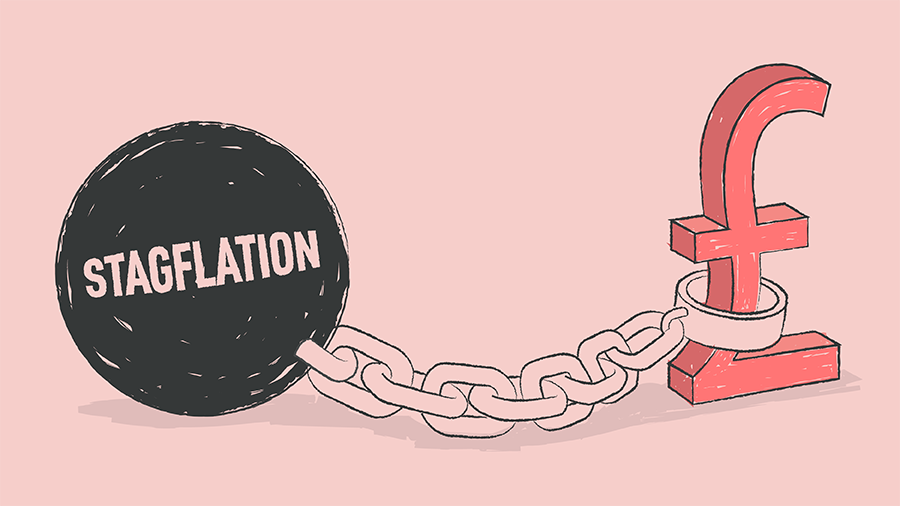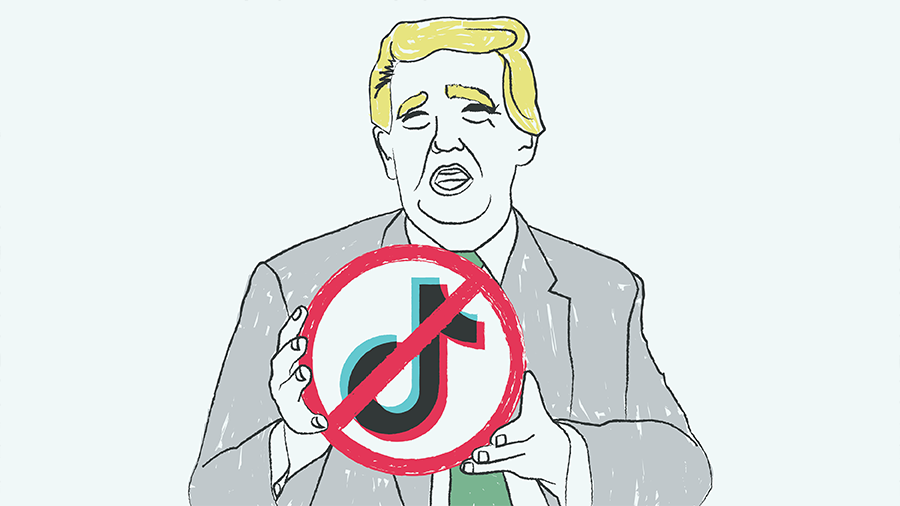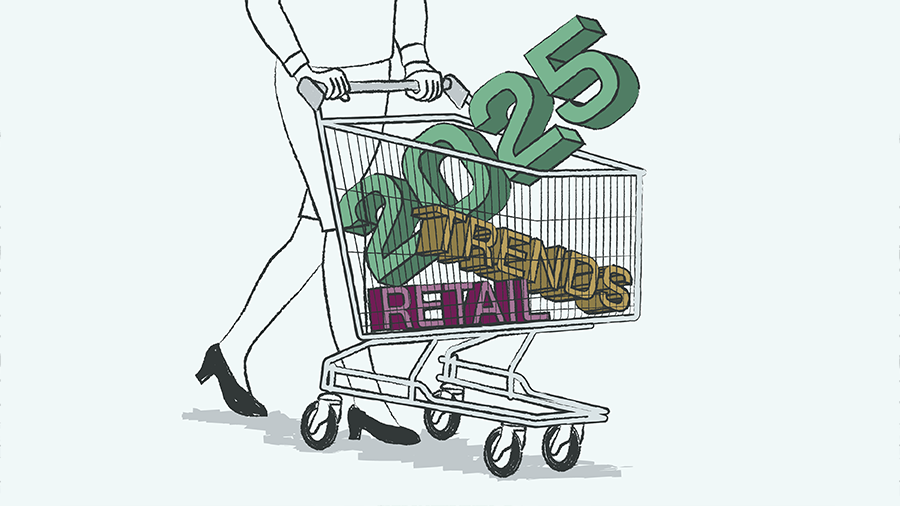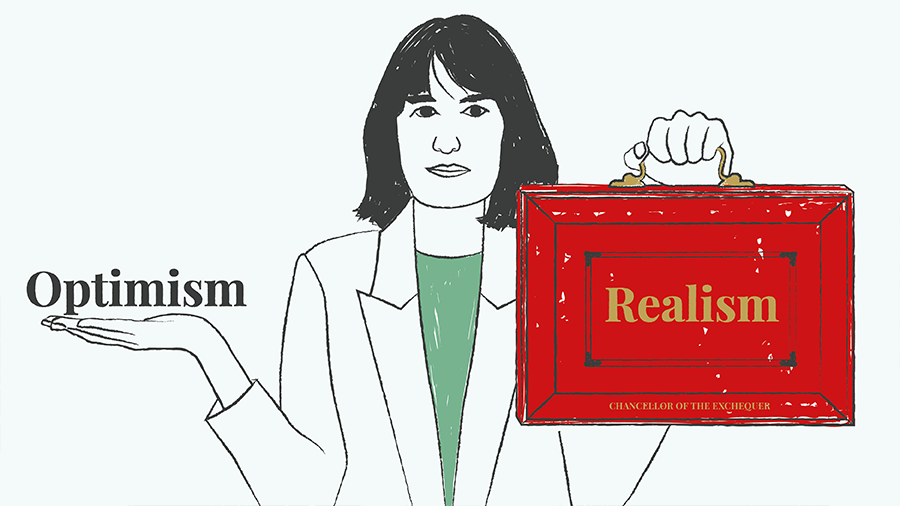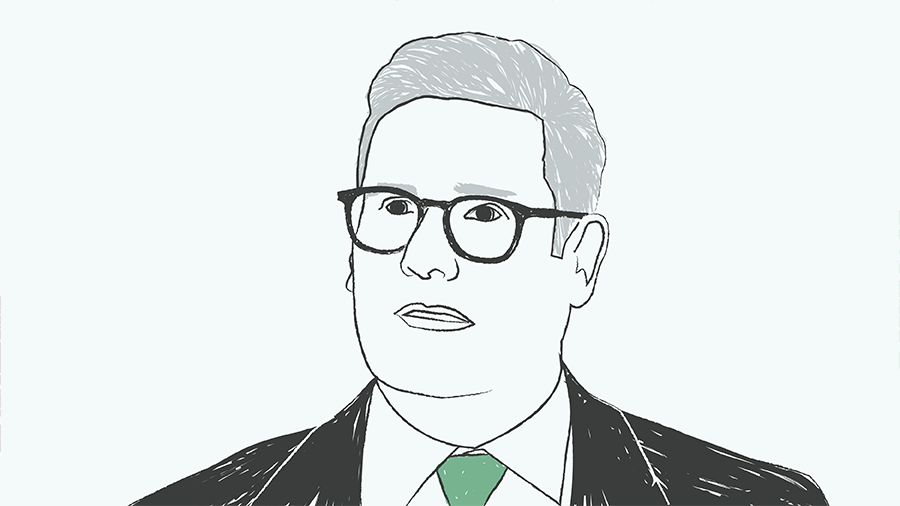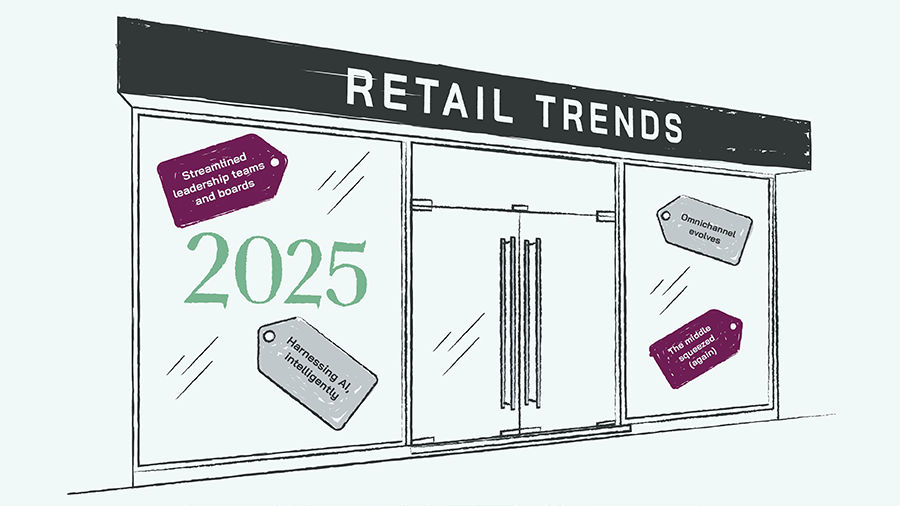
Like therapists, headhunters wouldn’t get very far if we didn’t know how to listen. What chairs, CEOs and senior executives raise in our discussions remains private of course, but as they articulate their problems – ultimately seeking a future colleague with the right mix of skills, experience and cultural aptness to help solve them – patterns do emerge.
In retail, four have become clearer in recent months, as industry leaders prepare for the second half of the decade.
1 – Streamlined leadership teams and boards
Less is becoming more at board and executive committee level. Increasingly we’re seeing the Chief Commercial Officer role expanding to integrate both marketing and sales.
At the same time, contrary to the article of faith that people are at the heart of any business, we’re seeing the Chief People or HR Officer being either removed or downgraded. There is also a growing trend towards consolidating merchandising and supply chain functions.
In part, these changes follow a philosophical belief in agility, breaking silos that might otherwise have left the business less responsive in the face of market demands.
But they are also classic indicators of market pessimism. By looking to trim senior management overheads, boards are signalling through their structure that they anticipate tough trading ahead. The parallel shift in emphasis from marketing to sales under results-driven CCOs suggests a related focus on getting cash in tills.
2 – Harnessing AI, intelligently
Retailers are no stranger to predictive AI optimising inventory and driving operational efficiency. With generative AI, cost-cutting is also front of mind.
So while we anticipate more genAI-enabled hyper-personalised customer experiences in future, today the focus is on chatbots.
Like offshore call centres, only more so, AI bots are cheaper but riskier than traditional customer service operations. The fundamental challenge is that you can’t design how AI will respond to a customer issue, only train it to improve.
Errors could be costly: given how expensive it is to acquire new customers, you can’t afford to let existing ones leave because the AI got confused and they couldn’t get through to a human being.
The trick will be identifying and prioritising VIP customers and those with unusual problems, making it easier for them to talk to a person while using the chatbot for everyday issues. It’s particularly important for retailers serving middle aged and older customers who are more likely to have digital fatigue.
Retailers are still adapting to generative AI, so prompting and model training skills are at a premium, especially when blended with traditional user experience nous.
3 – Omnichannel evolves
The binary era of digital challengers versus legacy retailers is over. Seamlessly integrating physical and online channels is no longer optional, whatever your heritage.
The general principle is to reach customers where they are: i.e. in different places at different times. But the wisest are also carefully exploiting the relative strengths of each channel, corresponding to different behaviours.
Judging by the packed holiday crowds in London’s Bond Street, consumer demand for experiential retail – shopping as a pastime – remains healthy.
As the cost of digital customer acquisition continues to rise, we’re hearing more retailers look towards experiential and brand activations to exploit this, both winning new customers and building emotional connection with existing ones.
After years of physical retail skills being neglected in favour of digital though, it’s become harder to find those who can turn plain floor space into places of surprise and delight, and all the more impactful when you do.
4 – The middle squeezed (again)
The cost of living crisis may not be worsening anymore, but millions still feel its burden, compelling retailers to find creative ways to balance quality with affordability.
We talked a decade ago about market polarisation, as the financial crisis squeezed the mid-market, and we’re seeing something similar now. Consumers are spreading their spend across stores at different parts of the pricing spectrum.
In grocery, for example, it’s not unusual for affluent customers to shop mostly at Waitrose, but occasionally also at Aldi or Lidl, while buying Riverford organic veg and fine meats from their local butcher.
The challenge for mid-market retailers is whether to try to appeal to different price points or stick to their lane.
Quality will be key, as it can command both high prices and perceptions of value for money.
It’s why brands like Hermès that are associated with real artisanship – with products built to last and commanding high resale value – have been able to weather the downturn in luxury, but the principle is likely to hold in other market segments too.
Each of these themes is shaping how retail leaders approach strategy, operations and customer engagement. I’d love to hear your thoughts on these trends and where you see the future of retail heading in 2025 and beyond.



